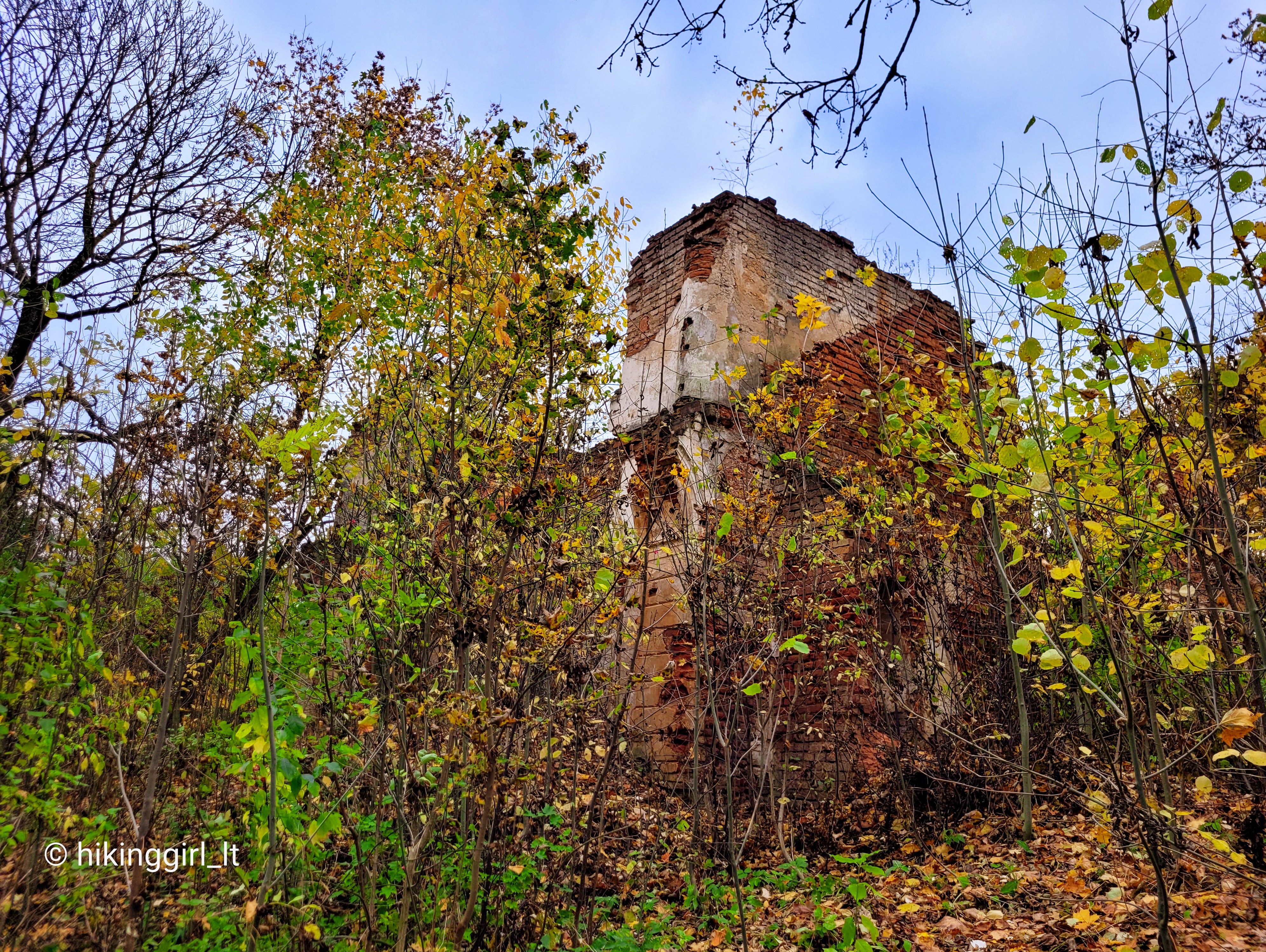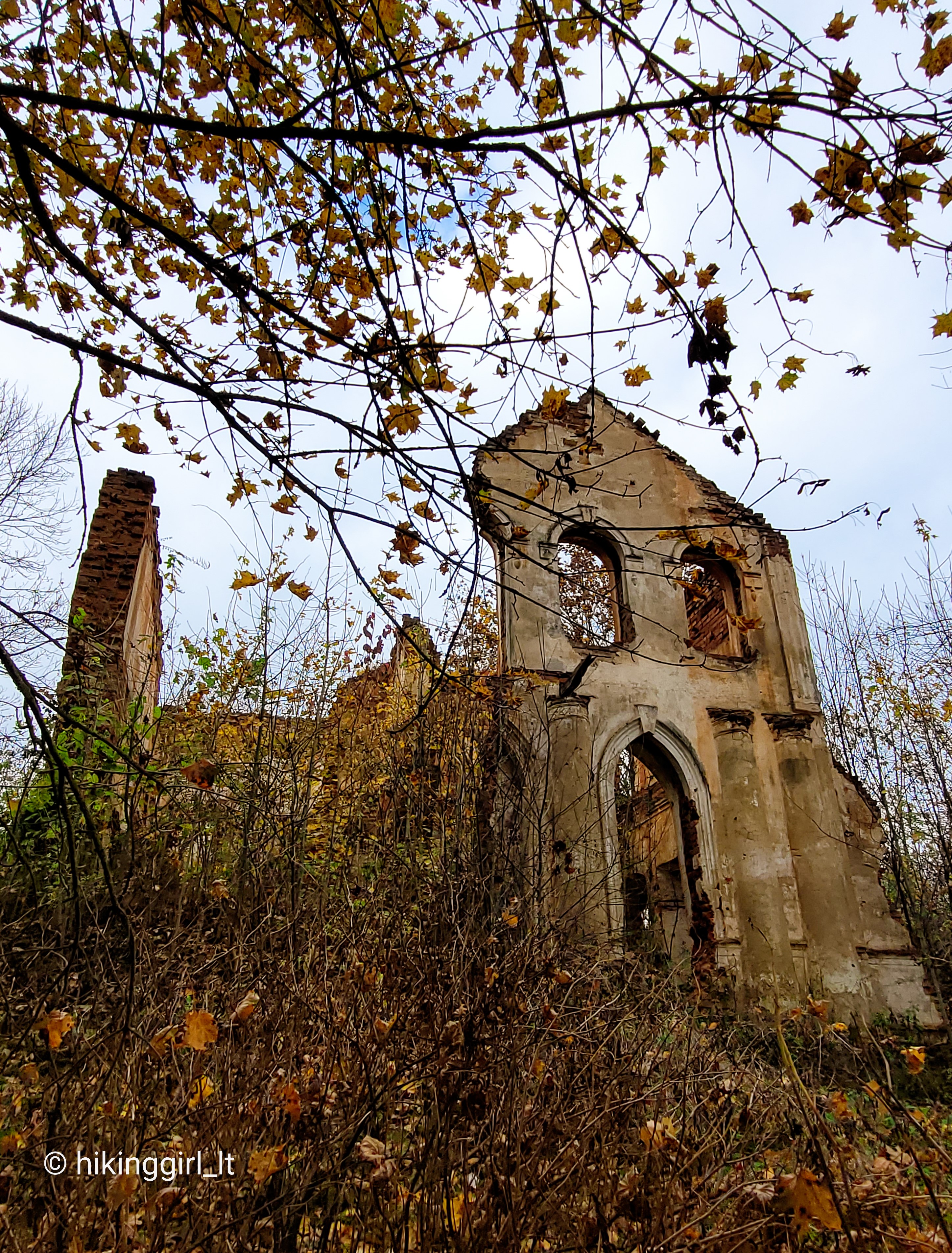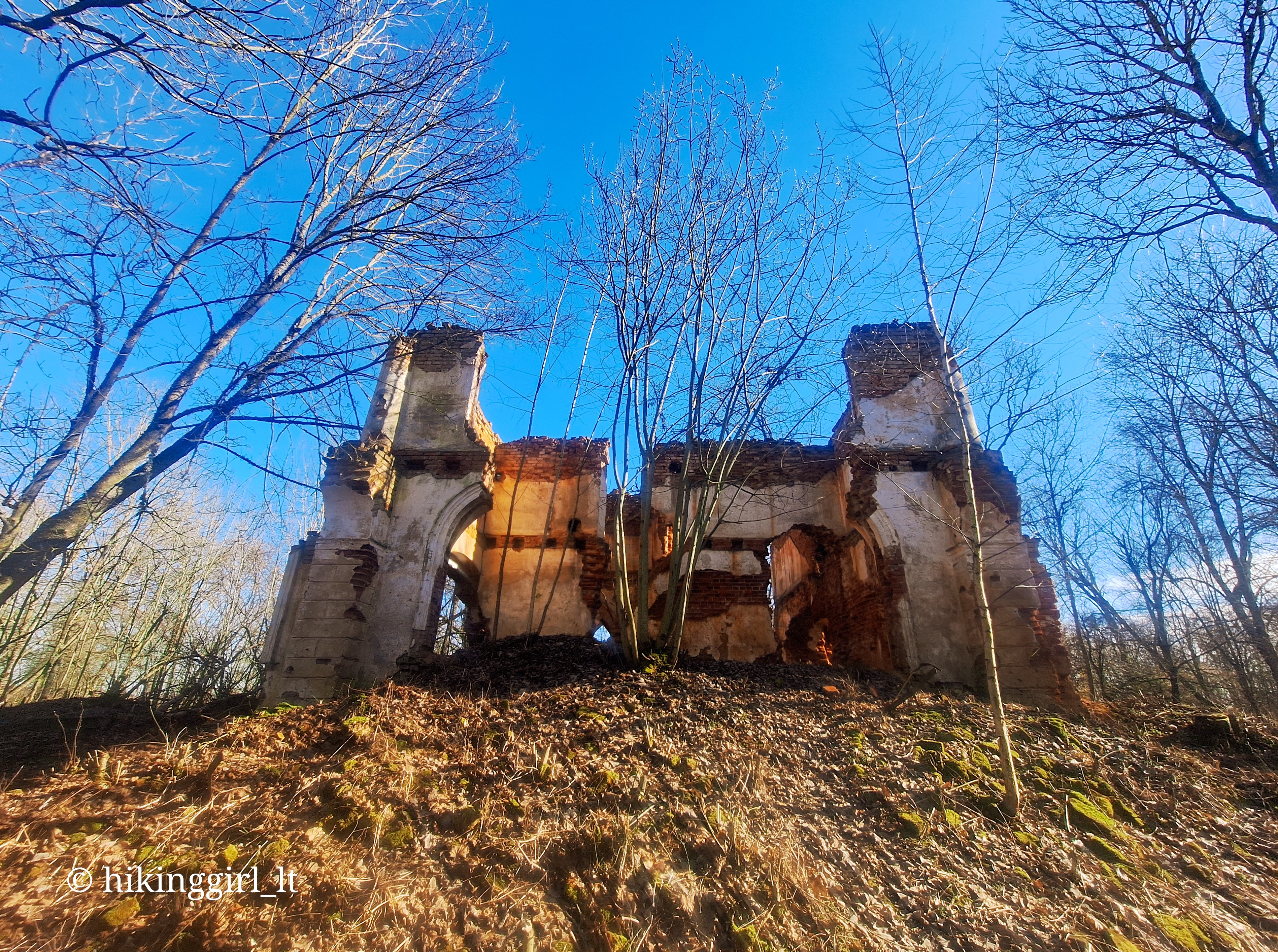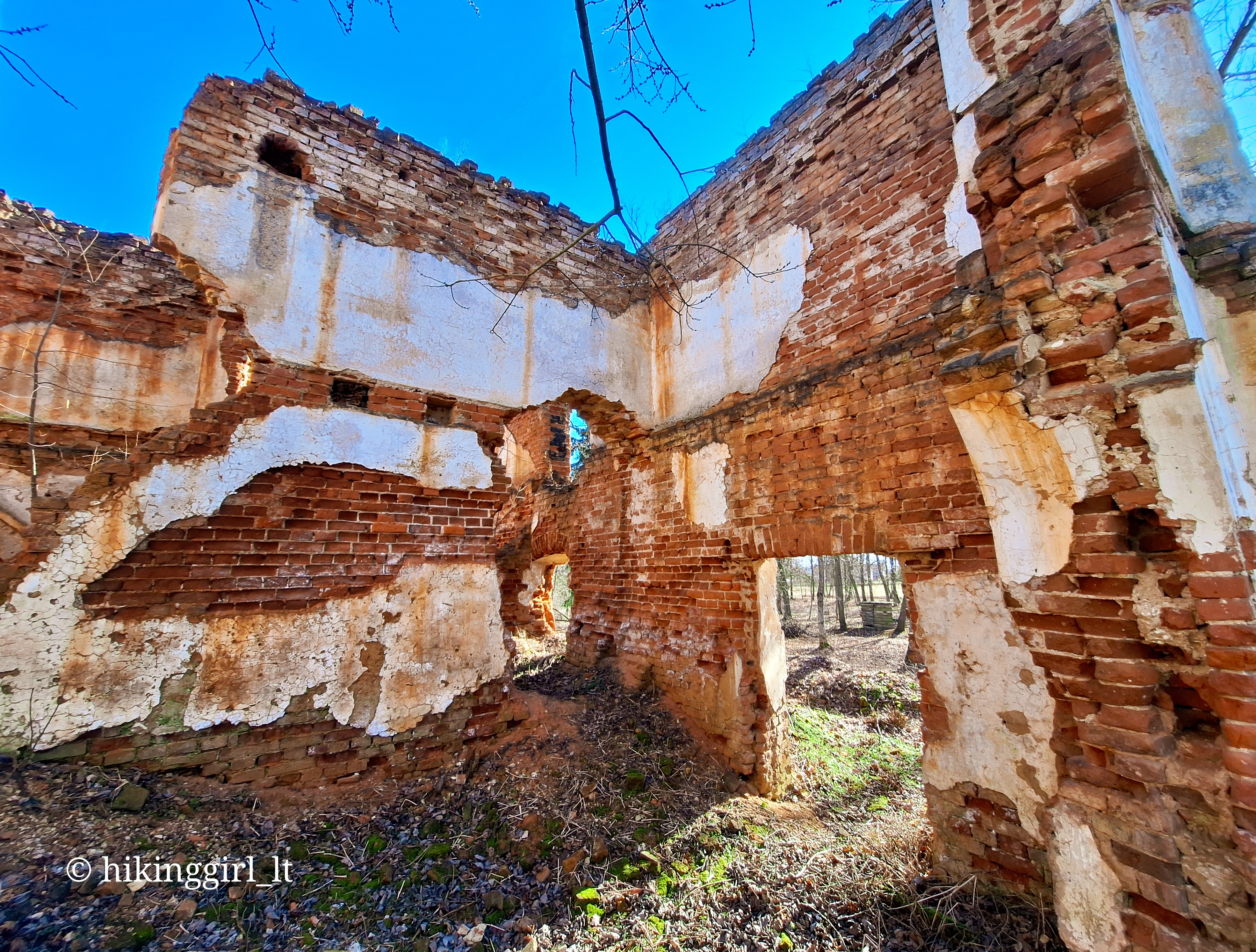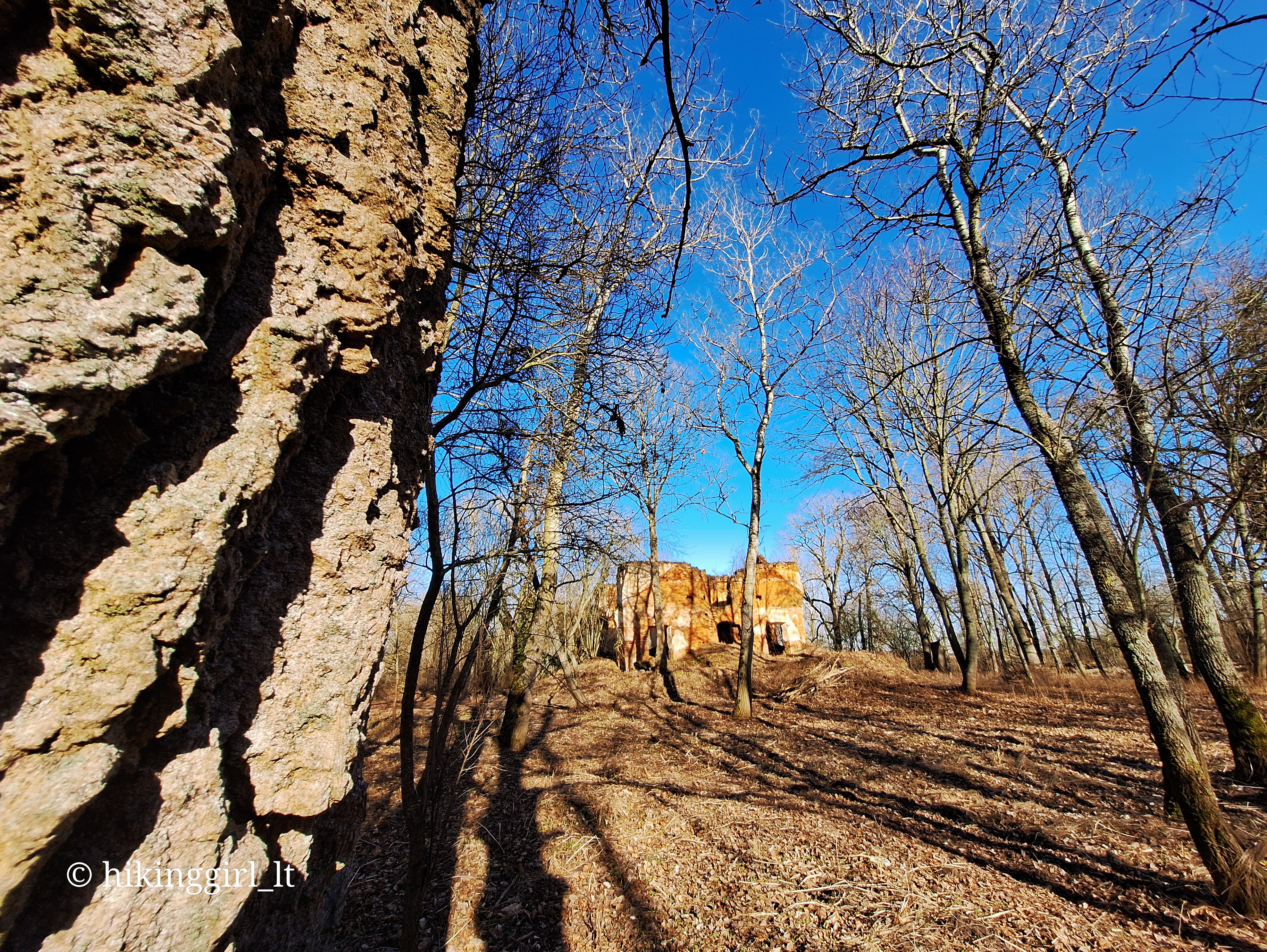Mitriūnai Manor

388

1

0
Mitriūnai Manor, a historic symbol of the Liauda region, now stands in ruins. Built in the early 19th century by Napoleon Juozapas Savickis, the manor was renowned for its concerts, theater evenings, and warm hospitality. Surrounded by a park with linden alleys and ancient poplars, the manor combined elements of Neoclassicism and Gothic style.
Unfortunately, the twists of history were unkind to the estate. It lost much of its splendor during World War I, and in 1941, its last owner was exiled to Siberia. Today, the ruins of Mitriūnai Manor symbolize a lost but not forgotten grandeur of the past.
Info
-

Manors






 Entertainment
Entertainment
 Food establishments
Food establishments





























 55.579682, 23.978725
55.579682, 23.978725
 Get directions
Get directions










